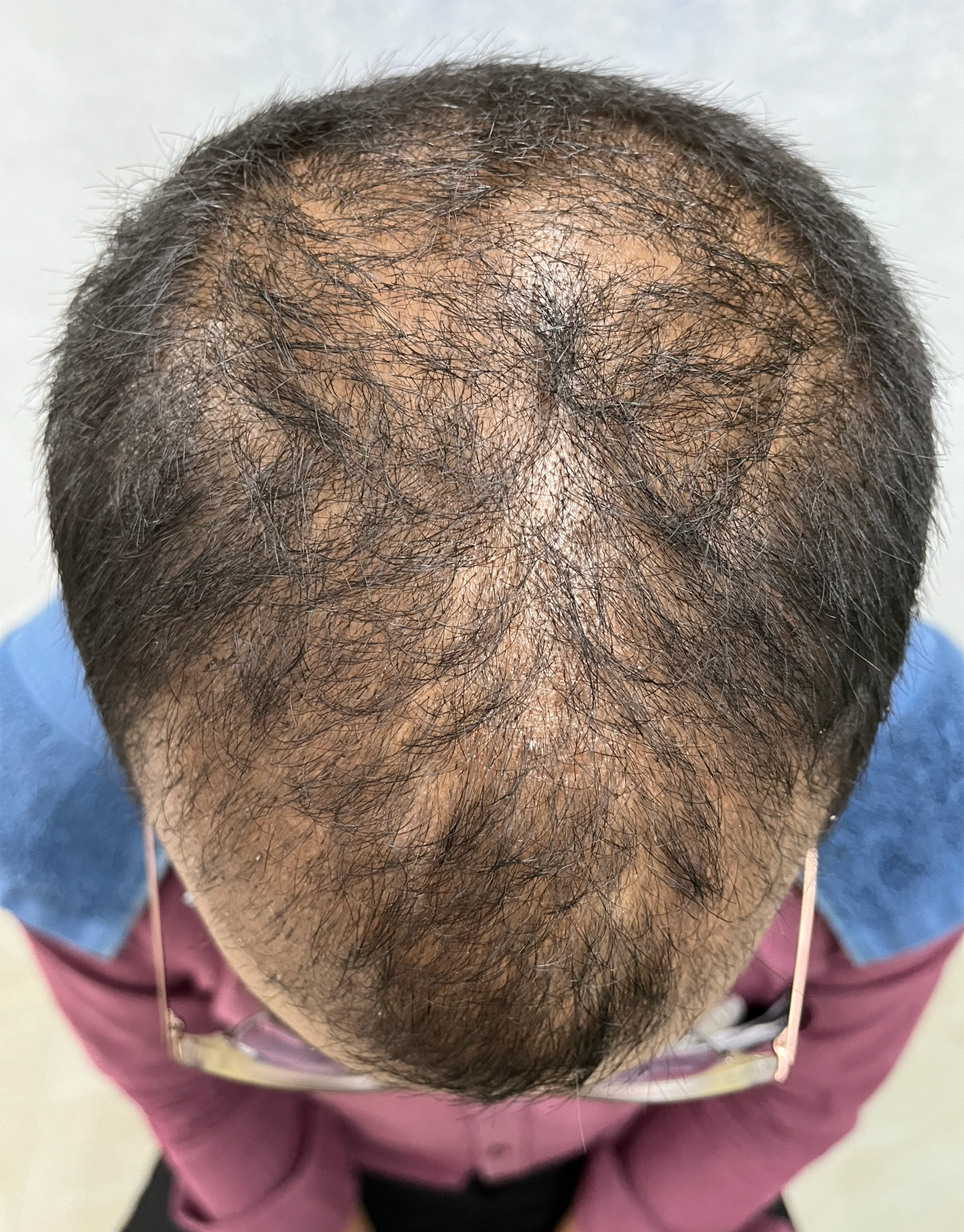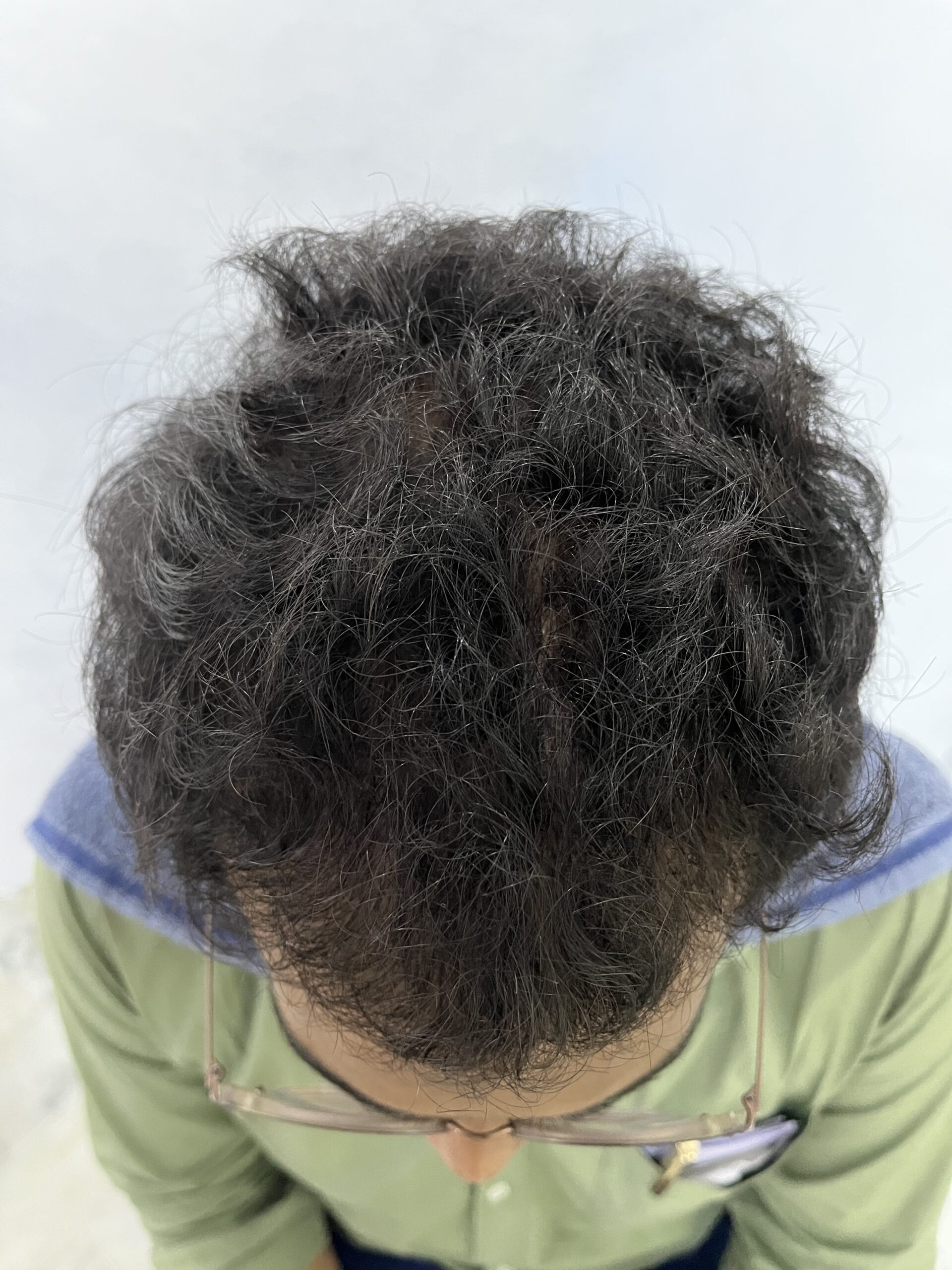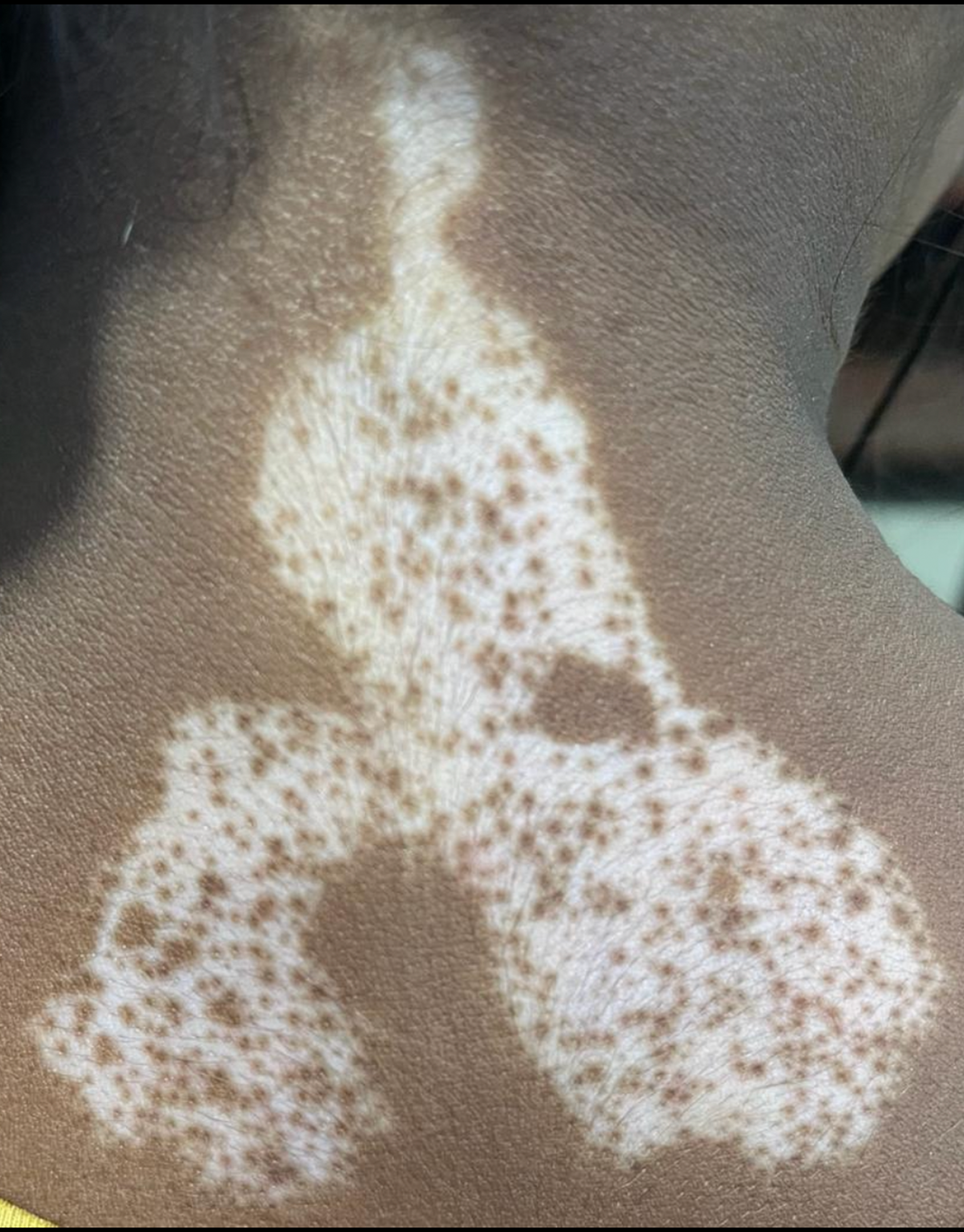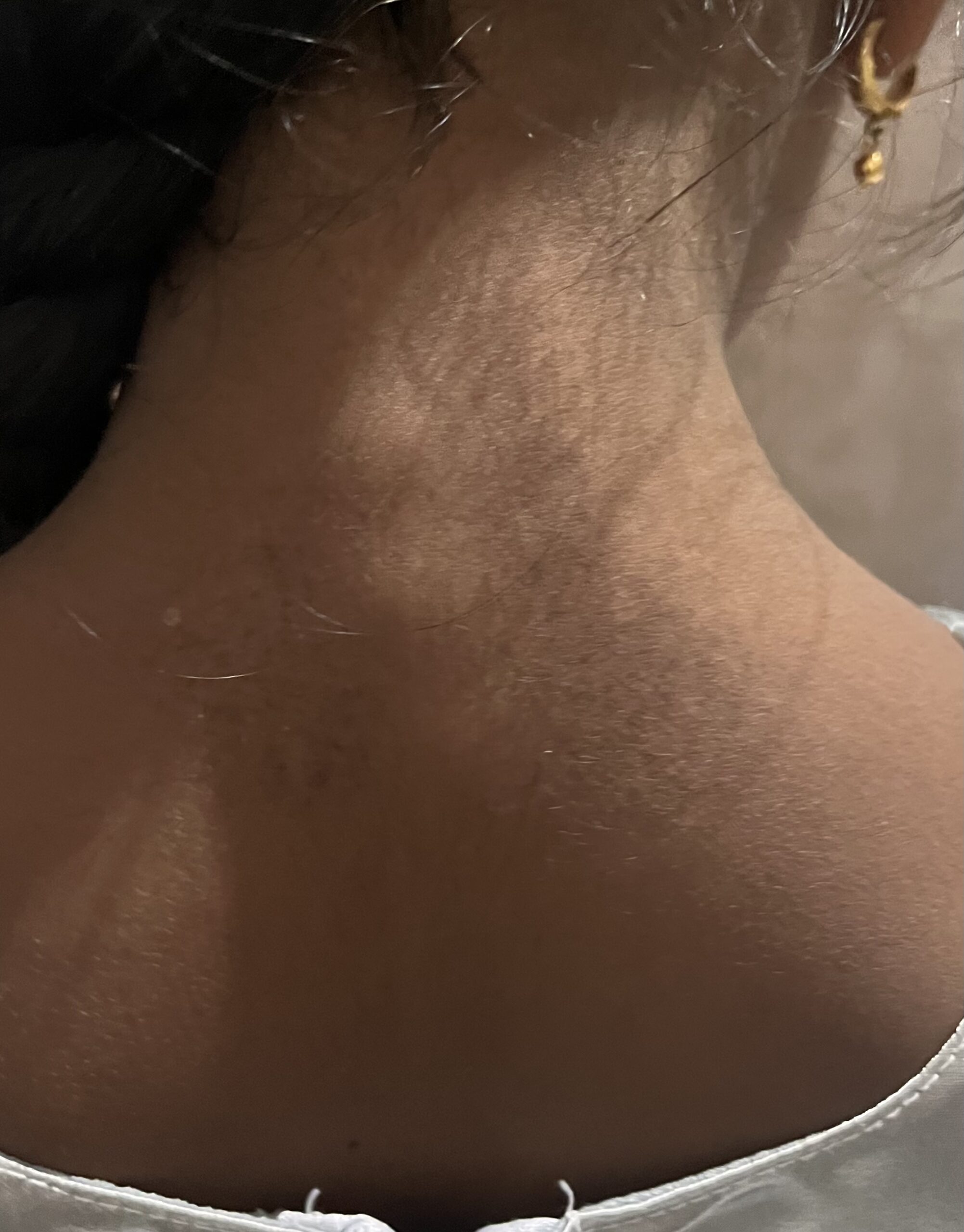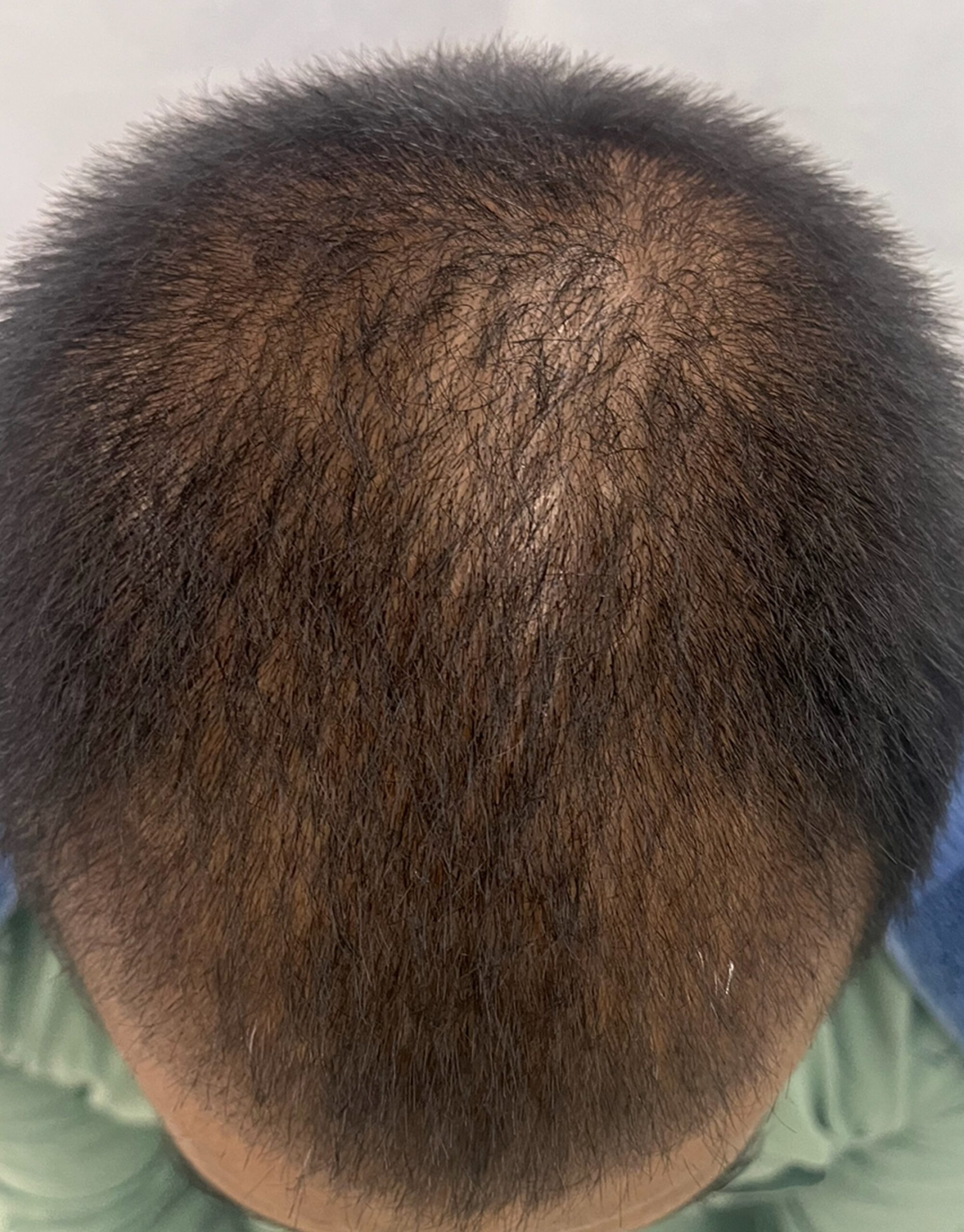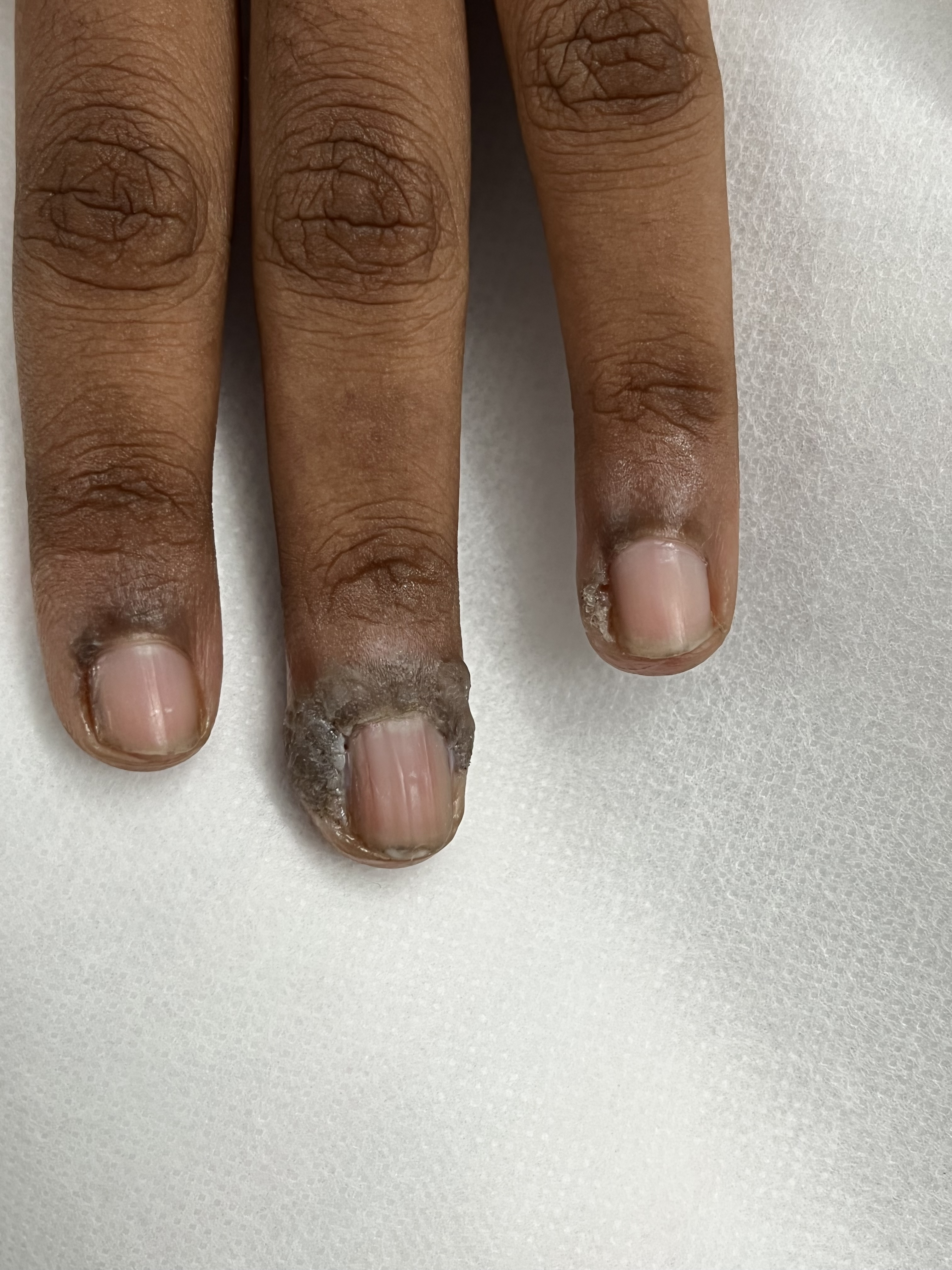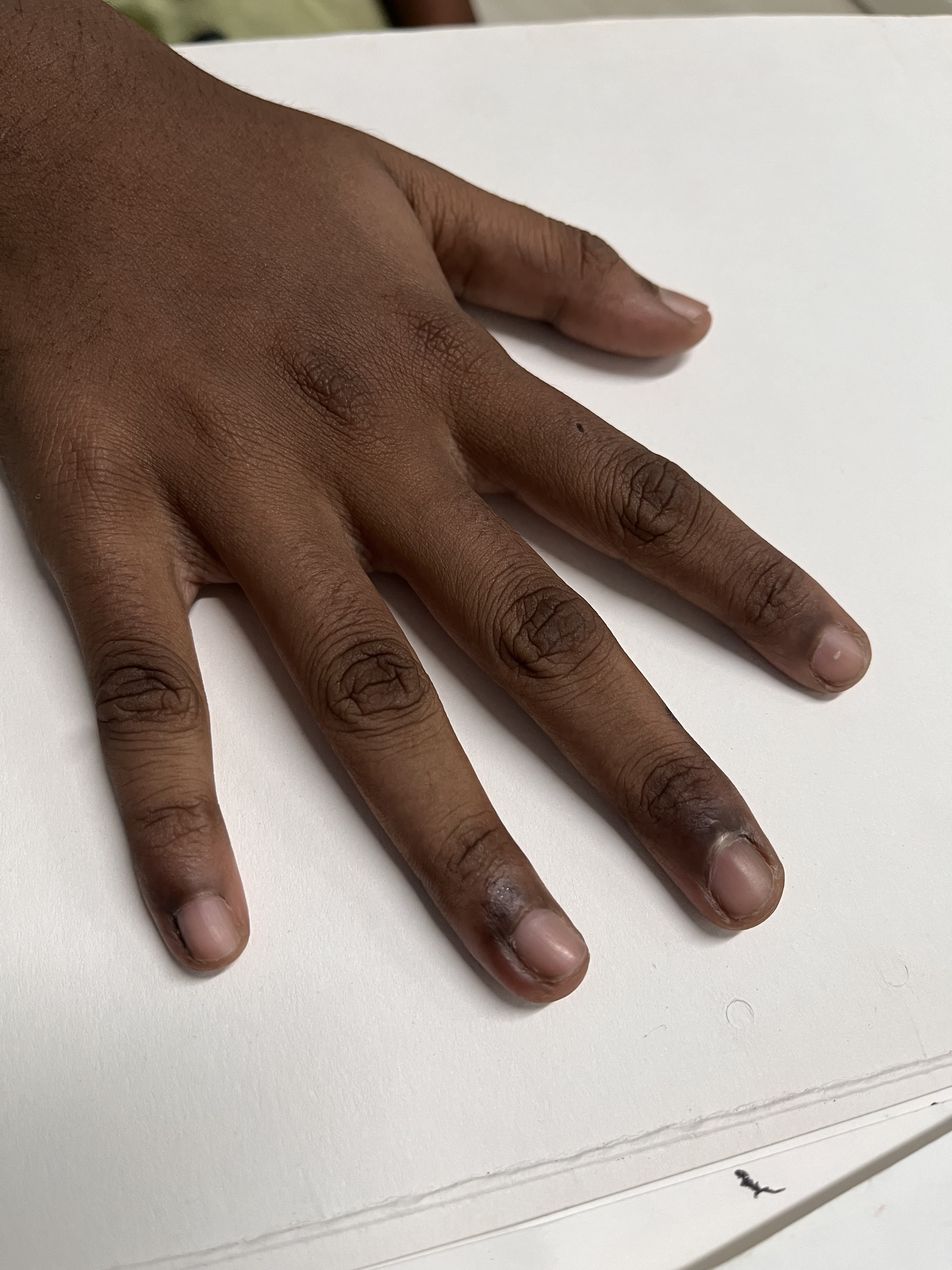Carbon Laser Toning
Introduction
A non-invasive laser therapy called carbon laser toning, also known as Q-switched Nd:YAG laser treatment, is used to address a number of skin issues, such as uneven skin tone, dullness, acne scars, and enlarged pores. The procedure includes coating the skin with a layer of carbon lotion, allowing it to penetrate deeply into the pores, and then heating and breaking up the carbon particles with a special laser to remove them along with any dirt, oil, or dead skin cells they had trapped. The majority of skin types are thought to be safe for carbon laser toning, which can be performed repeatedly to keep results.

Pathophysiology
Our bodies make less collagen as we get older, which causes wrinkles and sagging skin. The laser can assist in enhancing the texture and tone of the skin, making it smoother, firmer, and more youthful-looking by promoting collagen formation. The carbon particles absorb the laser energy, converting it into heat energy that causes the carbon particles to disintegrate and remove impurities from the epidermis. Additionally, the laser induces a mild thermal impact in the skin that encourages collagen production and skin rejuvenation in general.
In general, carbon laser toning removes impurities from the skin and promotes collagen formation by combining mechanical and thermal effects. Uneven skin tone, dullness, acne scars, and enlarged pores can all be improved with the procedure, which is thought to be safe and successful for the majority of skin types.
Side Effects
In general, carbon laser toning is regarded as a secure and minimally invasive process. Immediately following the procedure, some patients may experience minor redness or swelling, but these symptoms usually go away within a few hours. Occasionally, blistering or scarring may happen, especially in patients with darker skin tones. Other possible side effects include:
- Temporary darkening or lightening of the skin
- Mild pain or stinging during the therapy
- Dryness or flakiness of the skin
How do Dermatologists do Carbon Laser Toning?
Carbon laser toning is usually carried out by dermatologists using a Q-switched Nd:YAG laser, and it takes about 30 minutes to complete.The skin is thoroughly cleansed and prepped with a gentle exfoliating scrub.
- The skin is covered with a thin coating of carbon lotion, which is then left to dry for 10 to 15 minutes. The carbon lotion aids in deep pore penetration and dirt, sebum, and dead skin cells are bound by the carbon lotion.
- The carbon particles on the epidermis are then heated and fragmented using a Q-switched Nd:YAG laser.
- All trouble spots, such as the face, neck, and chest, are targeted by moving the laser across the skin in a methodical manner.
- To reduce any minor redness or swelling after the laser treatment, the skin is usually cooled with a cooling gel or ice pack.
- Patients are usually instructed to avoid sun exposure after the procedure.
Immediately following the procedure, patients may experience minor redness or swelling, but these symptoms usually go away within a few hours.
Before & After Treatment Images
